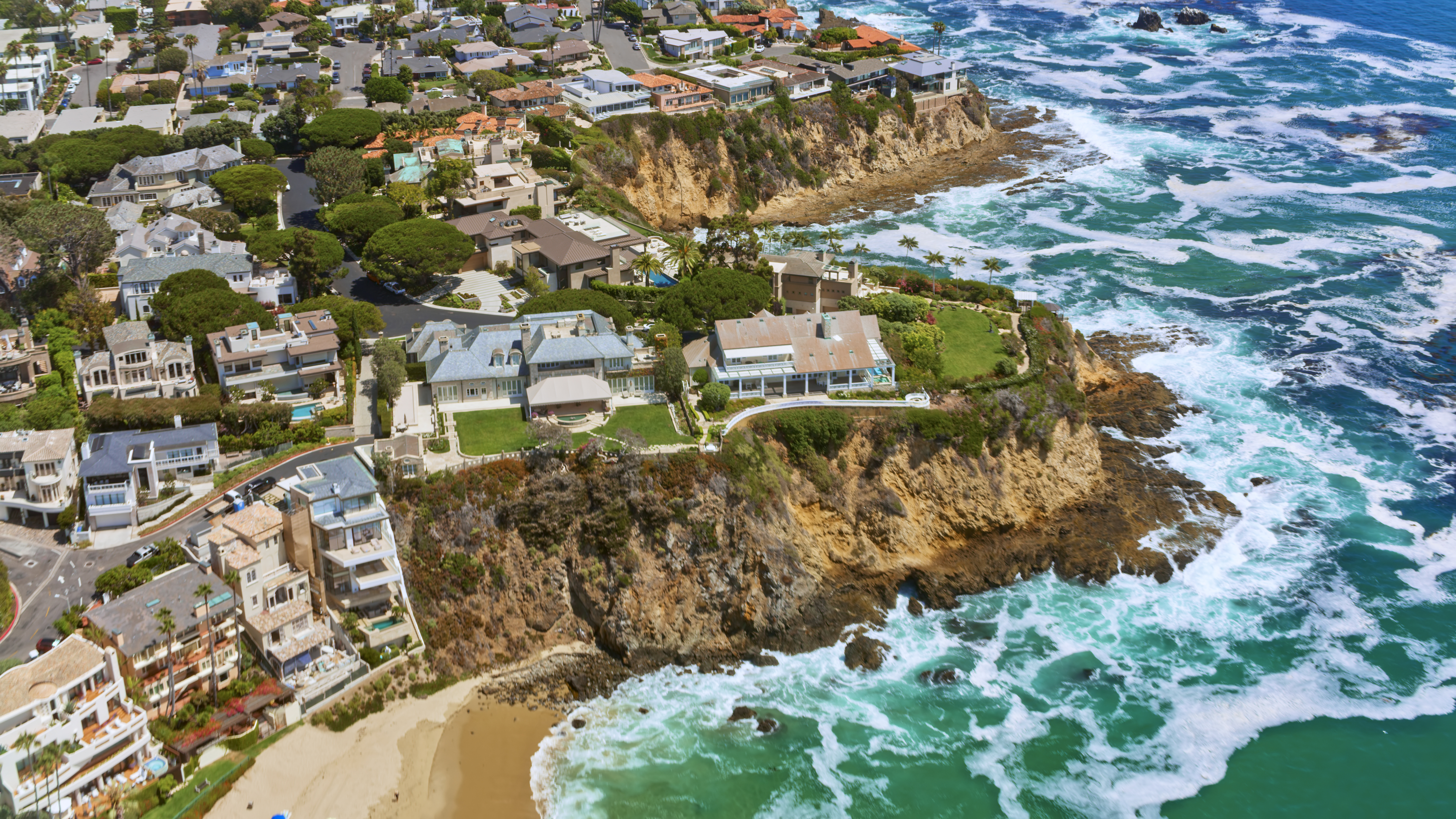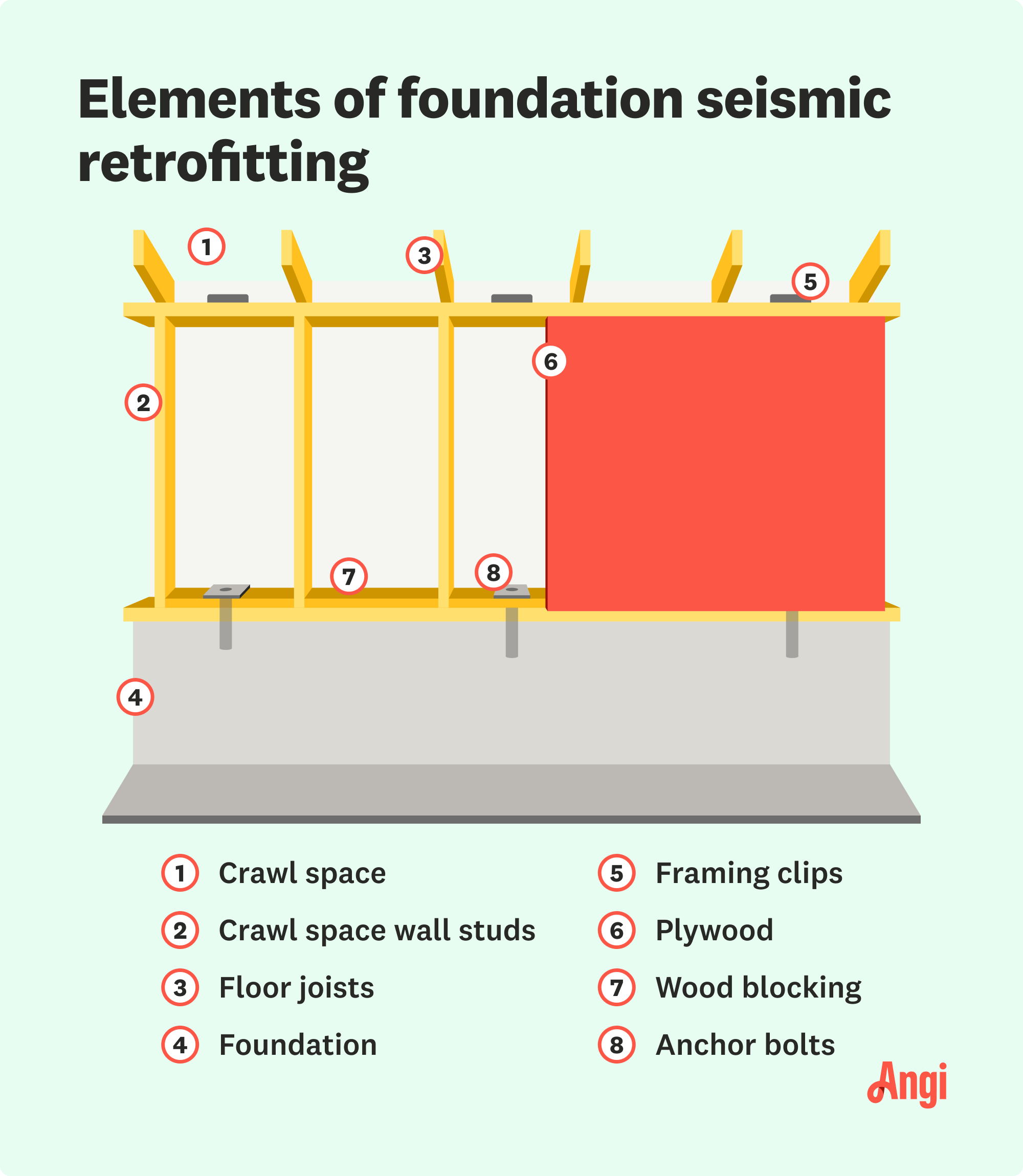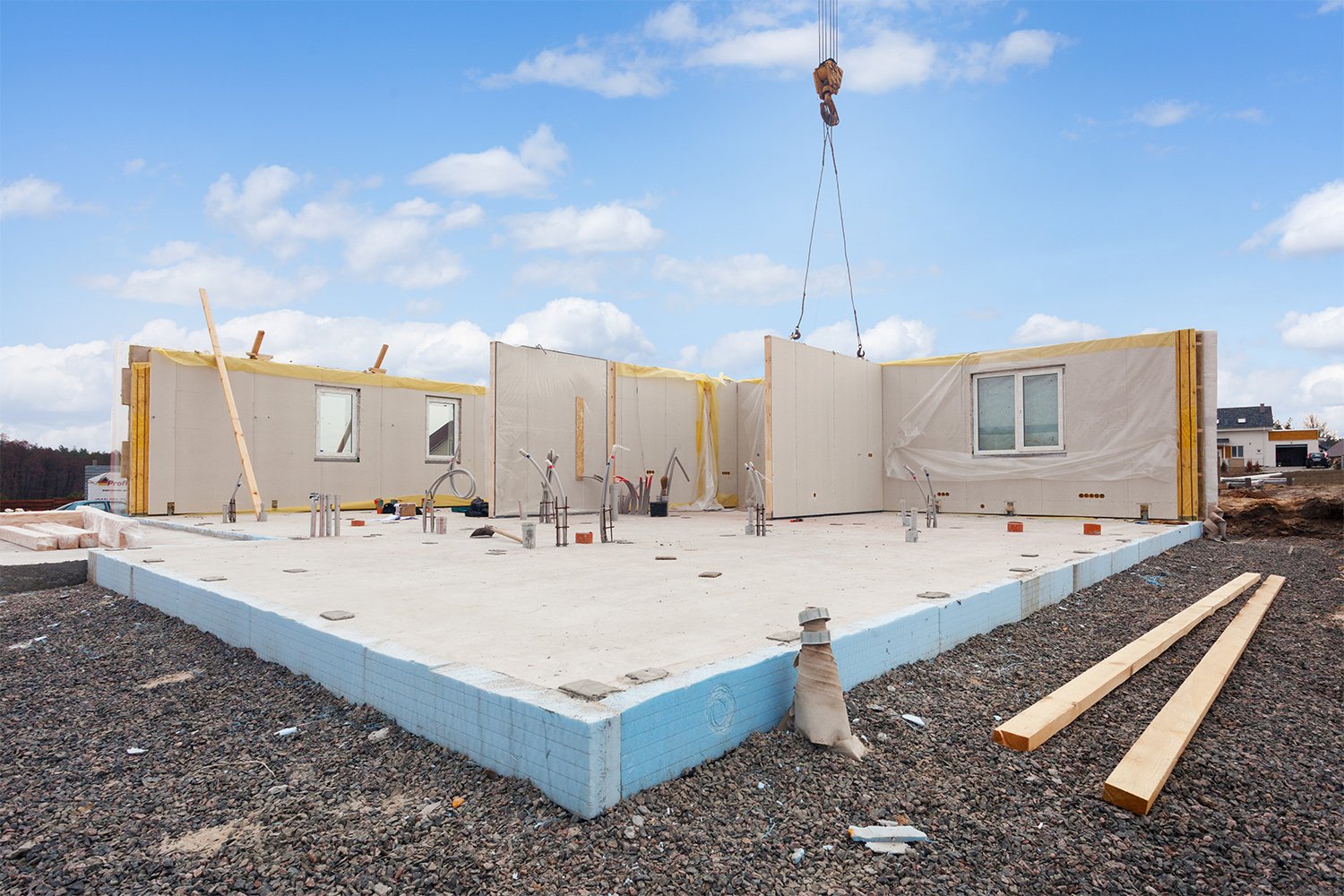
Discover how much it costs to repair earthquake damage. Learn about average costs, key factors, and ways to save on earthquake repairs for your home.
The average earthquake retrofit cost ranges from $3,489 and $8,676, with most homeowners paying an average of $6,082. Factors include home size, foundation type, and local permit fees.


Earthquake retrofit costs vary by home size, retrofit method, and labor.
Plan on spending $3 to $7 per square foot on earthquake retrofitting your home.
Hiring a general contractor costs 10% to 20% of your project total and ensures code compliance and safety.
Permit fees range from $500 to $3,000, depending on your project’s scope and your local requirements.
The return on investment (ROI) for earthquake retrofitting ranges from 30% to 80% depending on the seismic risk in your area.
This article was created using automation technology and thoroughly fact-checked and edited by an Angi Editor in accordance with our AI policy.
Earthquake retrofit costs are a key concern for homeowners in seismic zones. The average earthquake retrofit cost is $6,082, with an average range from $3,489 and $8,676 depending on your home’s size and foundation. Per square foot, costs range from $3 to $7, based on project complexity and materials.
Retrofitting your home improves safety and can help avoid far more expensive repairs after a major quake. This guide explains what affects earthquake retrofit cost, how to budget, and when to call in a professional.
Earthquake retrofit costs depend on a variety of factors. Key factors that can raise the price include the method used, the type of foundation you have, and hiring seismic retrofitting professionals.

Common retrofit methods include cripple wall bracing, foundation bolting, installing shear walls, and mudsill anchoring. Each method comes with its own price range and suitability based on your home’s structure.
Costs can rise in older homes due to outdated construction or hidden damage. Multi-story properties also tend to need more reinforcement, which increases both time and material requirements.
| Retrofit Method | Description | Average Cost |
|---|---|---|
| Cripple wall bracing | Reinforces short wood walls in crawl space | $1,000–$3,000 |
| Foundation bolting | Anchors house to foundation with steel bolts | $1,000–$5,000 |
| Shear wall installation | Adds panels to resist lateral movement | $3,000–$6,000 |
| Mudsill anchoring | Anchors wooden sill plate to foundation | $1,000–$2,500 |
The size of your home directly impacts earthquake retrofit cost. Larger homes or those with more stories require additional materials, more labor hours, and potentially more complex engineering solutions. Retrofit project costs depend on the foundation and method used.
For a small bungalow, the project might be straightforward and less expensive. Larger, multi-story homes with complex designs or extensive foundations will see higher costs due to the increased scope of work. The number of stories, foundation perimeter, and presence of crawl spaces or basements all affect the final price. Homes with easier access to foundations are less expensive to retrofit.
| Home Size (Sq. Ft.) | Average Cost |
|---|---|
| 1,200 | $3,600–$8,400 |
| 1,500 | $4,500–$10,500 |
| 2,000 | $6,000–$14,000 |
| 2,500 | $7,500–$17,500 |
The type of home you have plays a significant role in determining the cost of your earthquake retrofit project. Here are the average costs for earthquake retrofitting common home types.
| Home Type | Average Cost | Description |
|---|---|---|
| Mobile/manufactured | $2,000–$13,000 | Prefabricated home |
| Soft story | $10,000–$45,000 | Home with weak first floor (e.g. above a garage) |
| Hillside | $7,000–$20,000 | Home built on a slope |
| Raised foundation | $5,000–$10,000 | Elevated home with crawlspace |
Several types of professionals can be involved in earthquake retrofitting. A structural engineer is required for complex projects or when local codes demand a formal plan and inspection. Structural engineer fees range from $2,000 to $8,500 per project for assessment and design. If they charge based on their time, plan on spending $70 to $250 per hour.
General contractors or seismic retrofit specialists perform the actual installation. General contractor rates run 10% to 20% or your project’s total cost, depending on expertise and regional demand.
Hiring a licensed general contractor or seismic specialist ensures your retrofit meets code and passes inspection. Unlicensed pros may charge less, but you risk failed inspections and costly redo work. Regional labor costs and market demand can also impact your final price.
Beyond the core team, you might need additional professionals to complete your earthquake retrofit.
A building inspector is often required for compliance checks and can charge $200 to $600 per inspection.
If the permit process is complex, a permit expediter can help for a fee of $200 to $1,000, ensuring paperwork moves smoothly through local government channels.
After the retrofit, a junk removal or cleanup crew may be needed to clear debris, costing $100 to $400.
You might need these additional pros if your project involves significant demolition, if local codes require multiple inspections, or if you want to minimize disruption to your daily routine.
Earthquake retrofit cost varies significantly by region. Areas with high seismic risk—like California, Oregon, and Washington—often have stricter building codes and higher labor rates, increasing the overall price. Urban areas tend to cost more than rural areas due to higher demand and regulatory requirements.
For example, California homes may face higher retrofit costs because of both stricter codes and a larger pool of qualified contractors, while the Midwest may see lower prices due to reduced demand and less stringent standards. Local building codes, seismic risk, and contractor availability are the main drivers of these cost differences.
Several other factors can affect earthquake retrofit cost. Taxes on materials and labor will increase your total bill. Some insurance companies require specific retrofit methods for coverage, but may offer discounts on premiums once work is complete. Warranties on labor and materials can add value—ask your contractor what’s included.
Special upgrades, such as advanced anchoring systems or steel frames, boost both performance and price. If your foundation is hard to access (tight crawl spaces or finished basements), labor costs will rise. Any repairs needed before or after retrofitting, such as fixing foundation cracks, will add to your price. Post-construction cleanup also contributes to the final cost.
Demolition and site preparation are often necessary before retrofitting, especially in older homes with finished basements or built-in cabinetry. Clearing crawl spaces or removing old materials can cost $500 to $2,000, depending on complexity. The more you can prepare the area in advance, the lower your labor costs for this phase.
Permits are required for earthquake retrofitting in most municipalities. Either the homeowner or contractor can obtain them, but it’s common for contractors to handle the process. Permit fees range from $500 to $3,000, varying by region and project size. Securing permits may take anywhere from a few days to several weeks, and most jurisdictions require at least one inspection to ensure code compliance. Inspection fees are often included in the permit cost but can sometimes be billed separately.

If you’re considering a DIY approach, the main savings come from skipping labor costs. Materials for a basic retrofit (bolts, plywood, hardware) can cost $1,500 to $5,000. Permit fees and tool rentals add to your outlay. However, DIY retrofitting demands advanced carpentry skills, a strong understanding of local building codes, and a focus on safety. Common tools needed include drills, impact drivers, wrenches, and safety gear. Expect to spend several weekends on a small project, and weeks or months for complex homes.
Risks of DIY retrofitting include failing inspections or missing critical structural details, which can compromise your home’s safety. Professional retrofits are more likely to meet code and pass inspection, ensuring lasting value and peace of mind.
Earthquake retrofit cost varies depending on whether you’re repairing existing elements or replacing them entirely. Repairs—such as tightening bolts or reinforcing a few walls—are less expensive, often costing $1,000 to $4,000. Full replacement or upgrades, especially for outdated or damaged systems, can cost as much as a brand-new retrofit.
Simple repairs are sufficient if existing hardware is in good condition and meets current codes. However, if your home’s structure or previous retrofits are outdated or severely damaged, full replacement is the safer choice.
Retrofit materials typically last 20 to 30 years, and warranties may cover defects for five to 10 years. The “50% rule” suggests that if repairs cost more than half of full replacement, it’s best to upgrade. The extent of damage and local code requirements will drive your decision.

Consider these cost-saving strategies to make your earthquake retrofitting project more budget-friendly:
Apply for local or state retrofit grants and rebates.
Get multiple quotes from licensed earthquake retrofit pros in your area.
Bundle retrofitting with other home upgrades to save on labor.
Choose standard materials over premium options.
Prepare the site yourself (clear crawl spaces, remove debris).
Maintain existing retrofits to avoid costly repairs.
Earthquake retrofitting can increase your home’s value and appeal to buyers, especially in high-risk areas. While the return on investment is 30% to 80%, depending on how high the seismic risk is where you live, however, the true value comes from reduced risk and increased peace of mind. Many insurance companies offer premium discounts for retrofitted homes, which helps offset the upfront cost. Enhanced safety, lower risk of costly earthquake damage, and eligibility for financial incentives all add to your home’s long-term value.
Factors such as location, home age, and buyer demand influence the exact boost in value. In earthquake-prone regions, a retrofit is a strong selling point.
Home is the most important place on earth, which is why Angi has helped more than 150 million homeowners transform their houses into homes they adore. To help homeowners with their next project, Angi provides readers with the most accurate cost data and upholds strict editorial standards. We extensively research project costs to develop the pricing data you see, so you can make the best decisions for you and your home. We rely on reputable sources, including the U.S. Bureau of Labor Statistics, academic journals, market studies, and interviews with industry experts—all to ensure our prices reflect real-world projects.
Want to help us improve our cost data? Send us a recent project quote to [email protected]. Quotes and personal information will not be shared publicly.
From average costs to expert advice, get all the answers you need to get your job done.

Discover how much it costs to repair earthquake damage. Learn about average costs, key factors, and ways to save on earthquake repairs for your home.

A seismic shut-off valve stops the flow of gas during an earthquake, protecting your home from fires and explosions. Here’s what your earthquake valve installation cost will look like.

Fear not! Steady the shakes, tame the tremors, and get earthquake-ready while we give you a better idea of how long earthquake retrofitting takes.

In a seismic event, an earthquake gas shut-off valve could stop gas leaks and save your life. Learn more about its costs, installation, and benefits.

If you live in an older home in an area prone to seismic activity, you likely need to hire a seismic retrofitting company to protect your home from earthquakes.

If you live near a fault line, your home may need an earthquake retrofit. Find out what you need to know about the process, from costs to who you should hire.